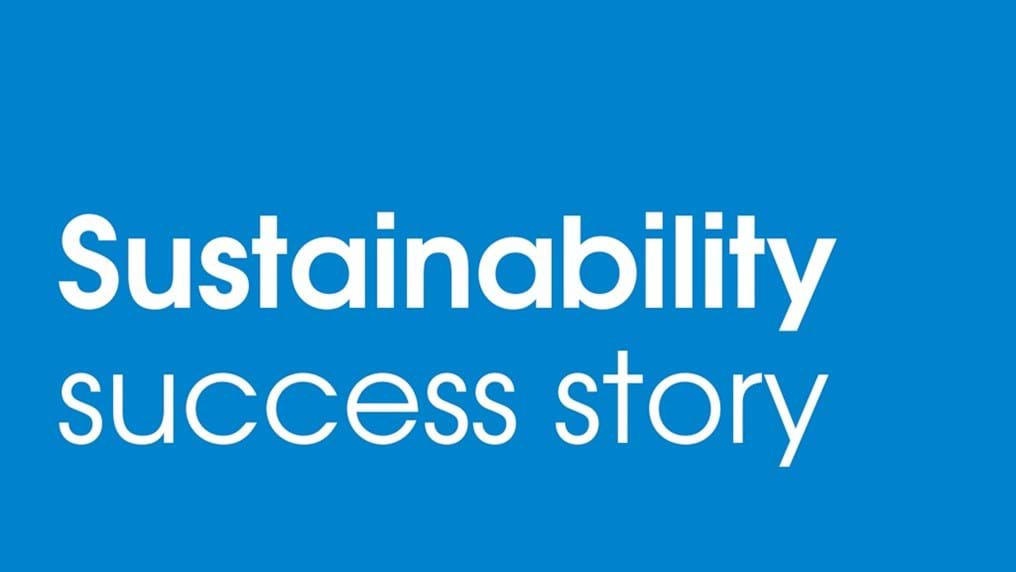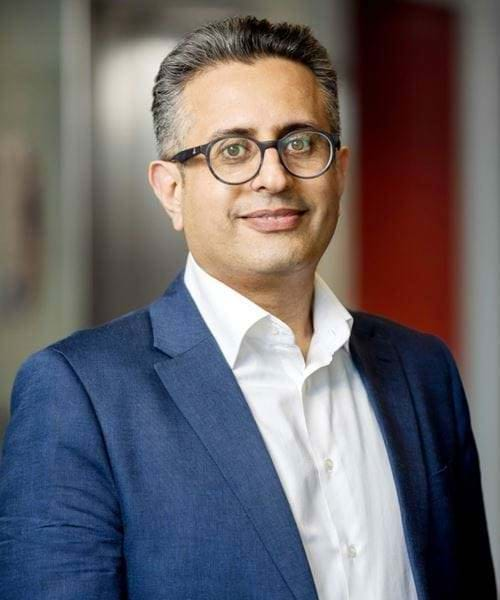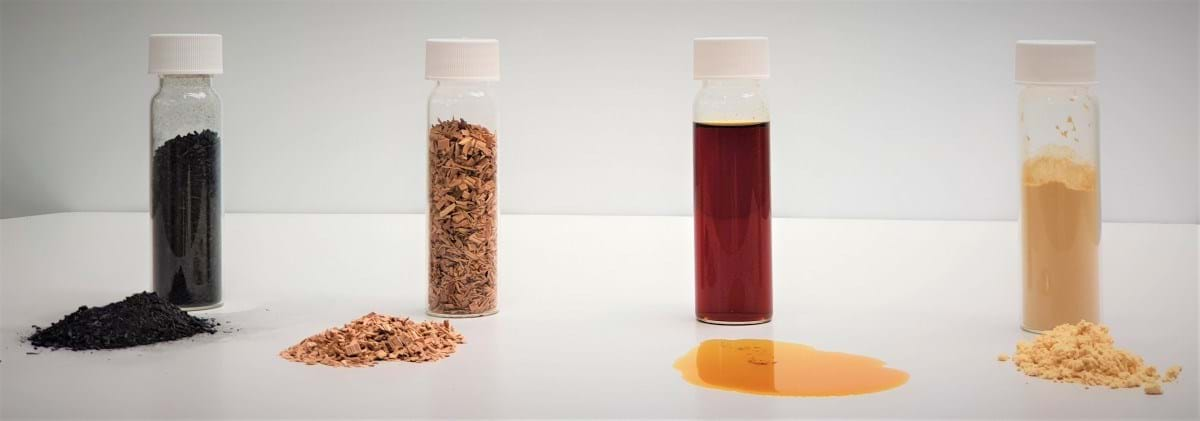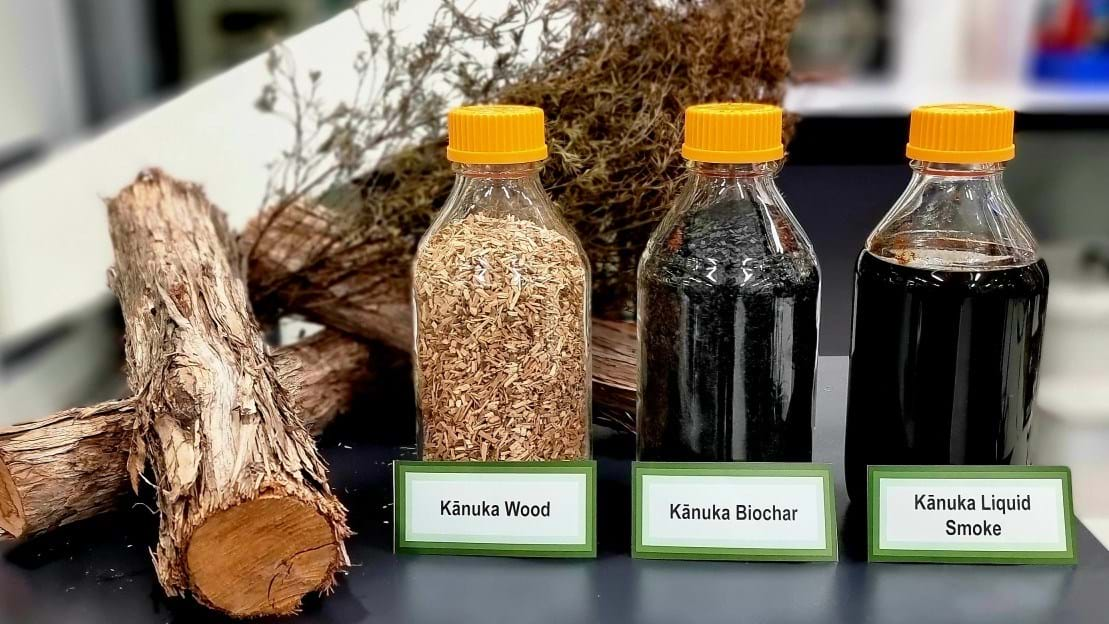Sustainability Success Story – Professor Saeid Baroutian

1st July 2025
In this blog series, which is part of our Sustainability Hub, we’re speaking to chemical engineers across the world making a difference to make sustainable practices and products a reality and more accessible to all for the wider benefit of our society and globe.

This project combines the knowledge of the indigenous Māori community in Aotearoa New Zealand with a scientific engineering approach to develop a sustainable process for the food industry ingredients sector. The project is based on the relatively remote east coast region of New Zealand, which has limited economic opportunities. The project will create a sustainable regenerative process providing employment opportunities and wider benefits for the local community.
Saeid Baroutian is a Professor of Chemical Engineering at the University of Auckland. A sustainability advocate and cleantech entrepreneur, his work focuses on circular economy innovations that turn waste and underutilised resources into valuable products.
Saeid is the co-founder and Chief Scientific Officer of Nurox Hydrothermal, and co-founder and Chief Technology & Operating Officer of Gaiatech - two cleantech start-ups commercialising cutting-edge technologies for the safe and sustainable treatment of complex waste streams.
He is also the co-developer of a novel liquid smoke technology using kānuka, a native New Zealand plant, which contributes to both environmental sustainability and community-led development.
Tell us briefly about your background in sustainable process engineering?
My work has always centred on sustainability, with a particular focus on waste valorisation and resource recovery. I lead the Circular Innovations Research Centre (CIRCUIT) at the University of Auckland, where we develop technologies that contribute to a low-carbon circular economy. Over the past decade, I have worked on converting various waste streams into bioenergy, functional materials, and platform chemicals. This includes pioneering a clean process to produce a high-value food flavouring product from kānuka, a native New Zealand tree, to produce natural food ingredients.
Tell us what got you into focusing on sustainable food processing and indigenous-led innovation?
The idea was sparked through a conversation in 2015 with Dr Kiri Dell, a Māori academic and business leader. She introduced me to the kānuka plant, widely available but underutilised on Māori land in the East Coast of New Zealand. What began as a casual idea became a powerful intersection of science, indigenous entrepreneurship, and sustainability. It aligned perfectly with my research interests and presented an opportunity to co-develop a solution with strong indigenous community impact.
Tell us about your sustainability journey to get you to your current role?

Much of my career has been shaped by the idea that engineering solutions should serve both people and the planet. My work on kānuka is a great example of this. We developed a fast pyrolysis process based on fluidised-bed reactor to convert kānuka branches into a natural “liquid smoke” food flavouring and preservation product, free from toxic and carcinogenic compounds found in traditional smoking. The process is energy-efficient and yields a high-value product that adds both flavour and shelf-life benefits to food, all while using a renewable biomass.
Can you share the journey of commercialising your kānuka liquid smoke technology and its impact on the community?

What began as a research collaboration evolved into a socio-economic development initiative rooted in sustainable technology. We co-founded Kauruki Ltd., a university spin-out company, and established the Nuka Charitable Trust to ensure the benefits of this venture flow directly to the community. We scaled the technology from lab trials to a semi-commercial pilot and are now constructing a full-scale plant, supported by a grant from the Ministry for Primary Industries. The facility will be installed in Ruatoria in late 2025. It’s expected to create at least 15 jobs in a remote community of around 40 people and revitalise over 15,000 hectares of underproductive Māori-owned land. This work combines cutting-edge chemical engineering with community-led entrepreneurship to build local industry, foster resilience, and celebrate Māori knowledge and identity.
What would your key take home messages be to chemical engineers when looking at how they can impact sustainability?
Chemical engineers are in a unique position to turn sustainability goals into actionable technologies. But sustainability isn't just about reducing emissions, it’s also about building inclusive and resilient systems. Collaborating with communities, as we did with the Māori community of Ruatoria, adds social value to the equation and ensures innovations are rooted in place, culture, and long-term stewardship.
What are your ambitions for the world and where should we be looking for examples of best practice?
We need to accelerate the commercialisation of clean technologies that are scalable and culturally inclusive. Best practices often emerge from cross-disciplinary, community-led models, not just labs. In the kānuka project, the structure included a charitable trust, a tech start-up, and Māori landowners. It’s a model worth replicating for equitable innovation.
How can chemical engineers contribute to achieving our goals of sustaining global temperature increases at or less than 1.5ᵒC?
We must shift from extractive to regenerative systems. Engineers can lead the transition by designing cleaner processes, replacing fossil-based materials with bio-based alternatives, and embedding circularity at every level. This means working with new partners, like communities, and adopting new clean technologies to reduce environmental impact and create novel products from local resources.
Visit our Sustainability Hub to access a suite of on-demand training courses that are free to members, and knowledge resources that will help you embed sustainable principles and practices into everyday work and life.